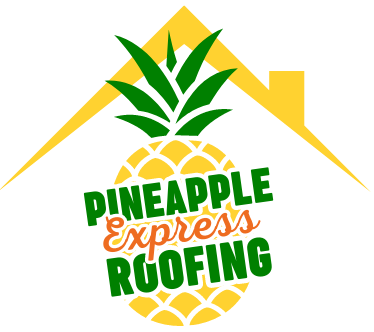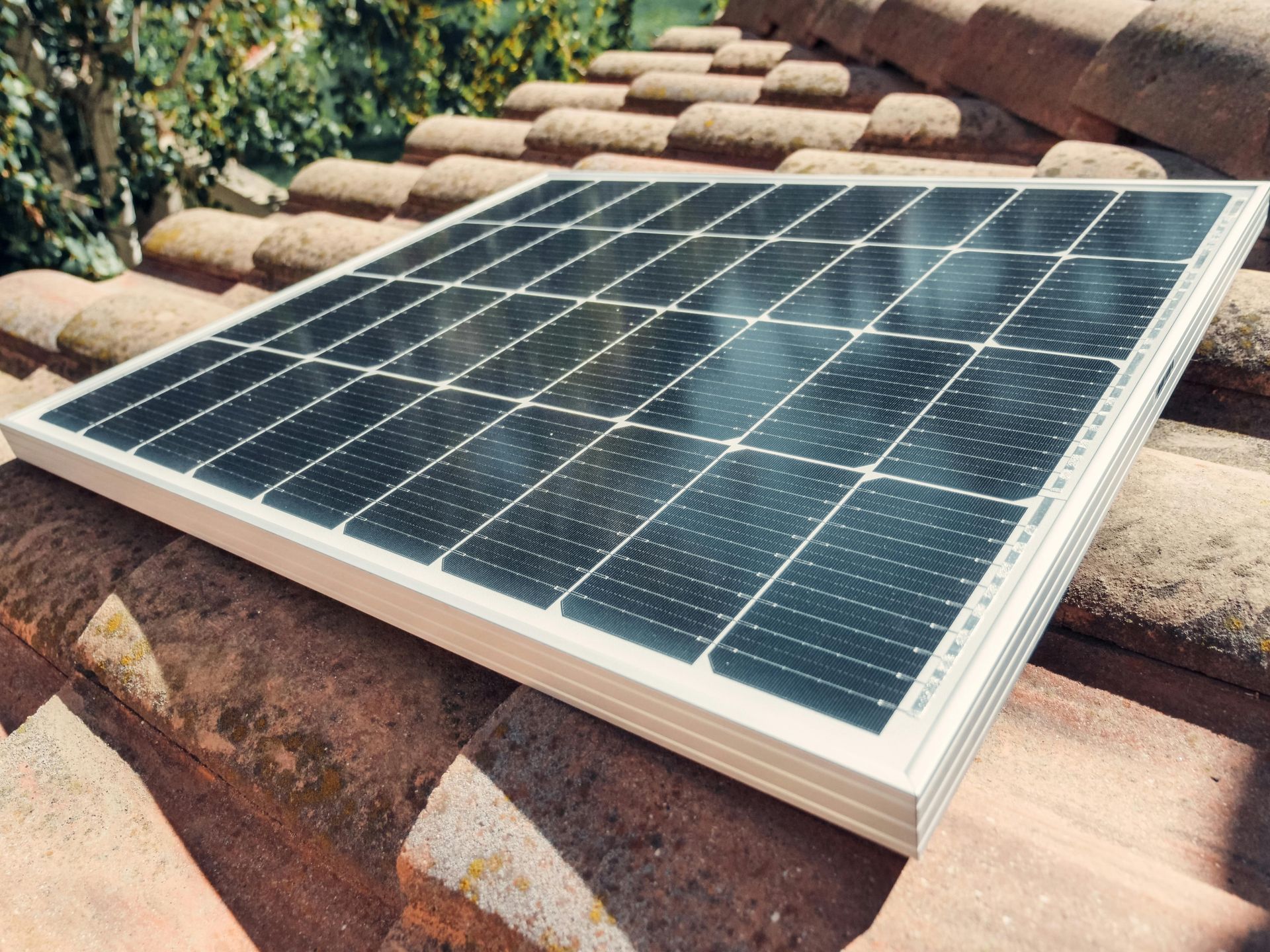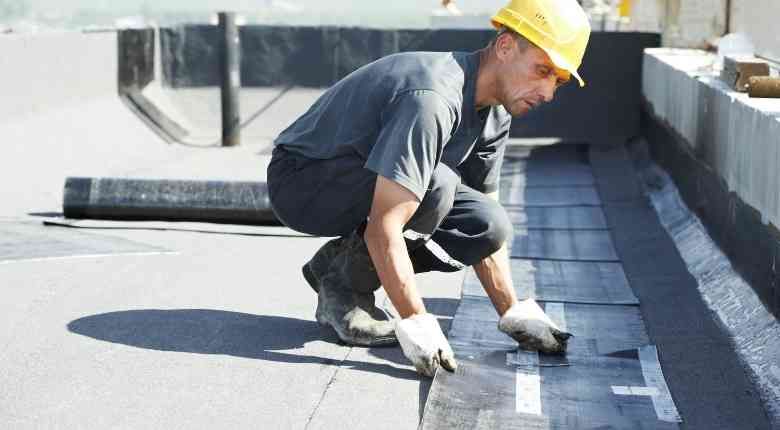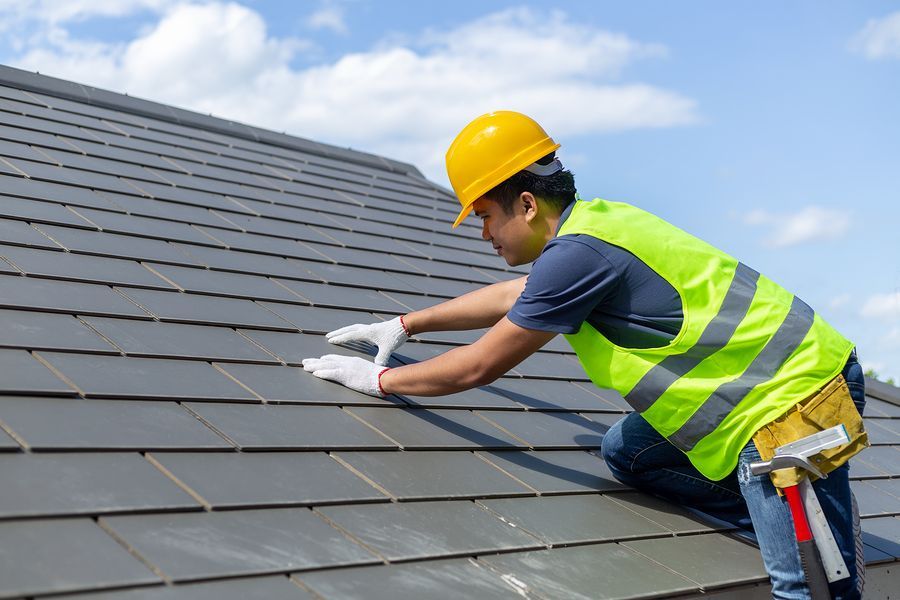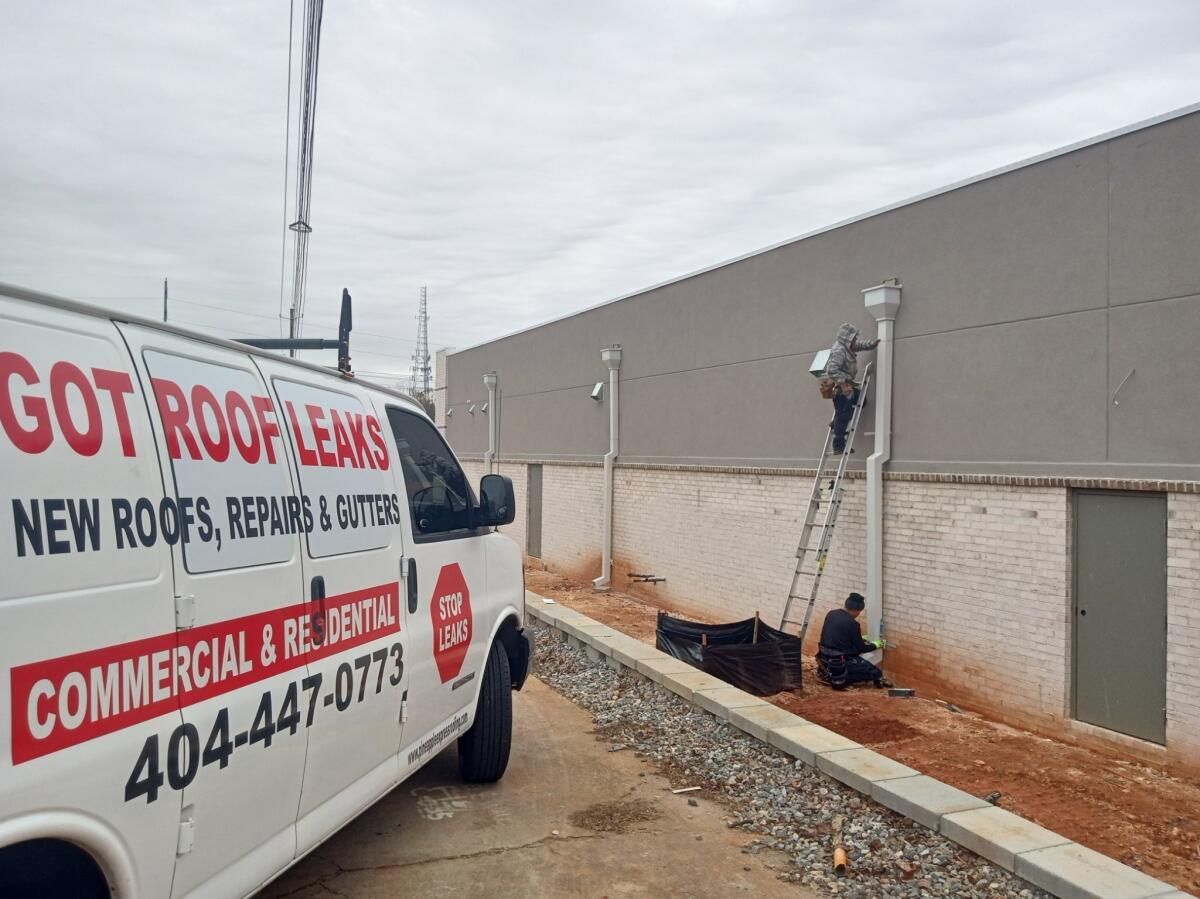What Type of Roof is the Most Cost-Effective?
Choosing the right roofing material can feel like a balancing act between upfront costs and long-term savings. Homeowners in Georgia, especially in areas like Atlanta, and Stone Mountain, often wonder which material offers the best value without sacrificing durability. In this post, we’ll compare popular roofing options, discuss their long-term benefits, and share tips on how to get the most out of your investment.
If you’ve been searching for a trusted
roofing company to guide you, this article will provide clarity and confidence in your decision.
What Are the Most Common Roofing Materials?
When selecting a roof, you’ll encounter a few popular options. Each comes with its own set of advantages and trade-offs.
Asphalt Shingles
Asphalt shingles are the most widely used roofing material in the United States.
- Cost: One of the most affordable roofing options, at $5.60 to $7.65 per square foot.
- Durability: Lasts 15–30 years, depending on quality and severe weather conditions.
- Maintenance: Minimal upkeep required, through regular inspections are recommended after storms.
- Energy Efficiency: Reflective shingles can lower cooling costs and help prevent water damage caused by heat stress.
Metal Roofing
Metal roofs have grown in popularity for their sleek design, workmanship, and durability.
- Cost: Higher upfront cost that can go up to $40 per square foot.
- Durability: Can last 40–70 years with proper care, especially with roof coating for added waterproofing.
- Maintenance: Resistant to rust, mold, and pests, and performs well against hail and wind.
- Energy Efficiency: Reflects sunlight, reducing cooling costs by 10–25%.
Clay
Clay tiles offer timeless beauty and exceptional longevity.
- Cost: These typically cost between $8 to $25 per square foot installed.
- Durability: Can last 50–100 years, even under weather challenges like rain and high humidity.
- Maintenance: Minimal, though individual tiles may crack during severe weather or impacts.
- Energy Efficiency: Excellent insulation properties reduce heating and cooling costs, contributing to better home improvement.
Which Roof Material Offers the Best Long-Term Value?
The “best” material depends on your priorities: budget, aesthetics, and longevity. Here’s a breakdown:
- If budget is your top concern, asphalt shingles provide an excellent balance of cost and performance.
- For longevity and savings over decades, metal roofing is hard to beat.
- If aesthetics and durability are your focus, clay tiles are worth the investment.
How Do You Balance Upfront Costs with Long-Term Savings?
It’s tempting to choose the cheapest option upfront, but considering lifetime costs can save more in the long run.
Tips to Balance Costs Effectively
- Invest in quality installation: A poorly installed roof, even with premium materials, will cost more in repairs. Check with trusted roofing contractors for the best results.
- Check for tax credits or rebates: Certain materials, like energy-efficient metal roofs, may qualify for tax incentives.
- Choose durable materials: Opting for materials with a longer lifespan reduces replacement and maintenance costs.
- Schedule regular inspections: Preventive maintenance and addressing issues like flashing, leaks, or fascia damage extend your roof’s lifespan.
Can You Find Discounts on Roofing Materials?
Yes, with the right approach, you can save on materials without compromising quality.
How to Get the Best Deals
- Shop off-season: Contractors and suppliers often offer discounts during slower months.
- Buy in bulk: Purchasing materials for multiple projects, such as siding or vinyl siding, can lower per-unit costs.
- Research local suppliers: Smaller suppliers in metro Atlanta might have competitive prices compared to big-box retailers.
- Ask about warranties: Some warranties include maintenance services, reducing future costs related to water damage or other repairs.
Pro Tip: Contact a trusted roofing contractor for guidance on sourcing materials. Local experts often have relationships with suppliers and can recommend cost-effective options.
What Are the Environmental Impacts of Different Roofing Materials?
Considering sustainability can influence your choice.
- Asphalt shingles: Often made from petroleum products, they are less eco-friendly but recyclable in some areas.
- Metal roofing: Fully recyclable and made from recycled materials, it’s a greener choice.
- Clay tiles: Produced naturally, they are environmentally friendly but heavy to transport, increasing emissions.
Fun Fact: Adding a skylight or cool roof, designed to reflect sunlight, can reduce your home’s energy use and shrink its carbon footprint.
Conclusion
The most cost-effective roof depends on your budget, climate, and long-term goals.
Asphalt shingles are affordable and practical for most homeowners, while metal roofing offers superior longevity and savings over time. Clay tiles provide a premium look and durability but come with a higher price tag. When choosing materials, remember to consider not just the upfront costs but also long-term savings, insurance factors, and environmental impact. Pineapple Express Roofing can help you navigate these options with confidence.
We are a Stone Mountain roofing company that brings trusted expertise and community values to every project, ensuring your investment is protected for years to come.
Contact Pineapple Express Roofing today!
We’ll help you choose the roof type that you and your family can enjoy for decades!

